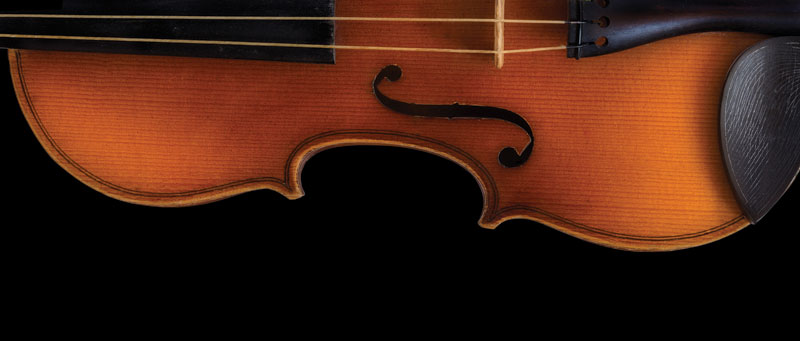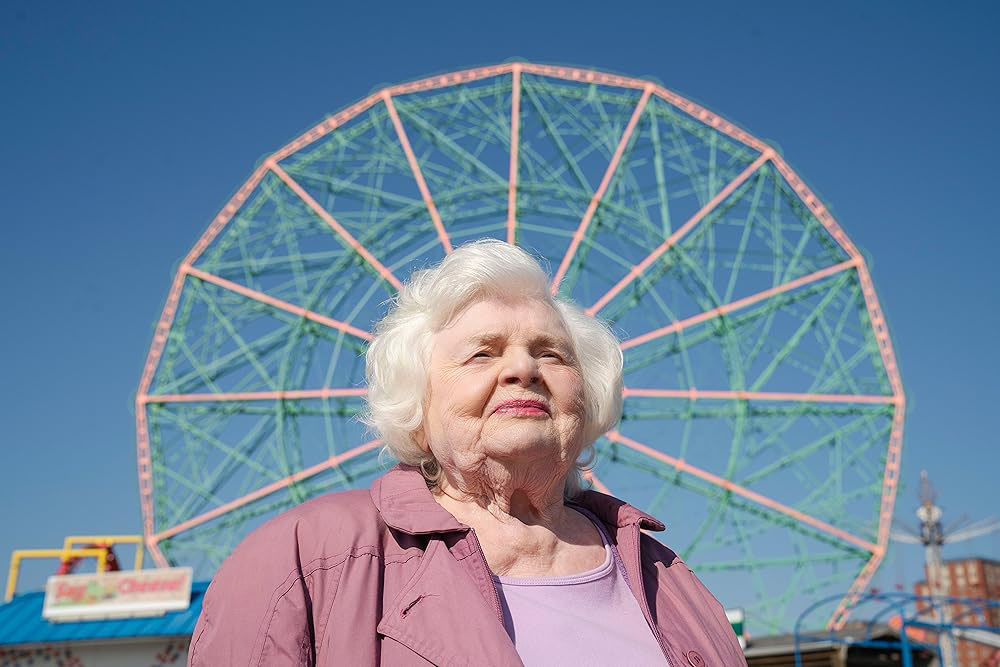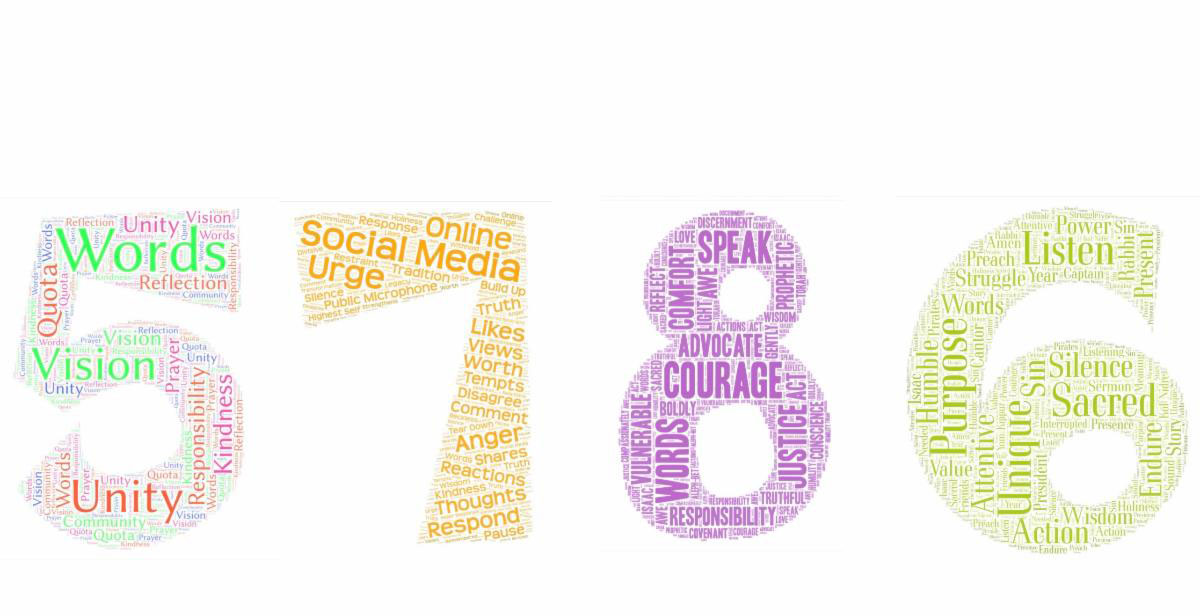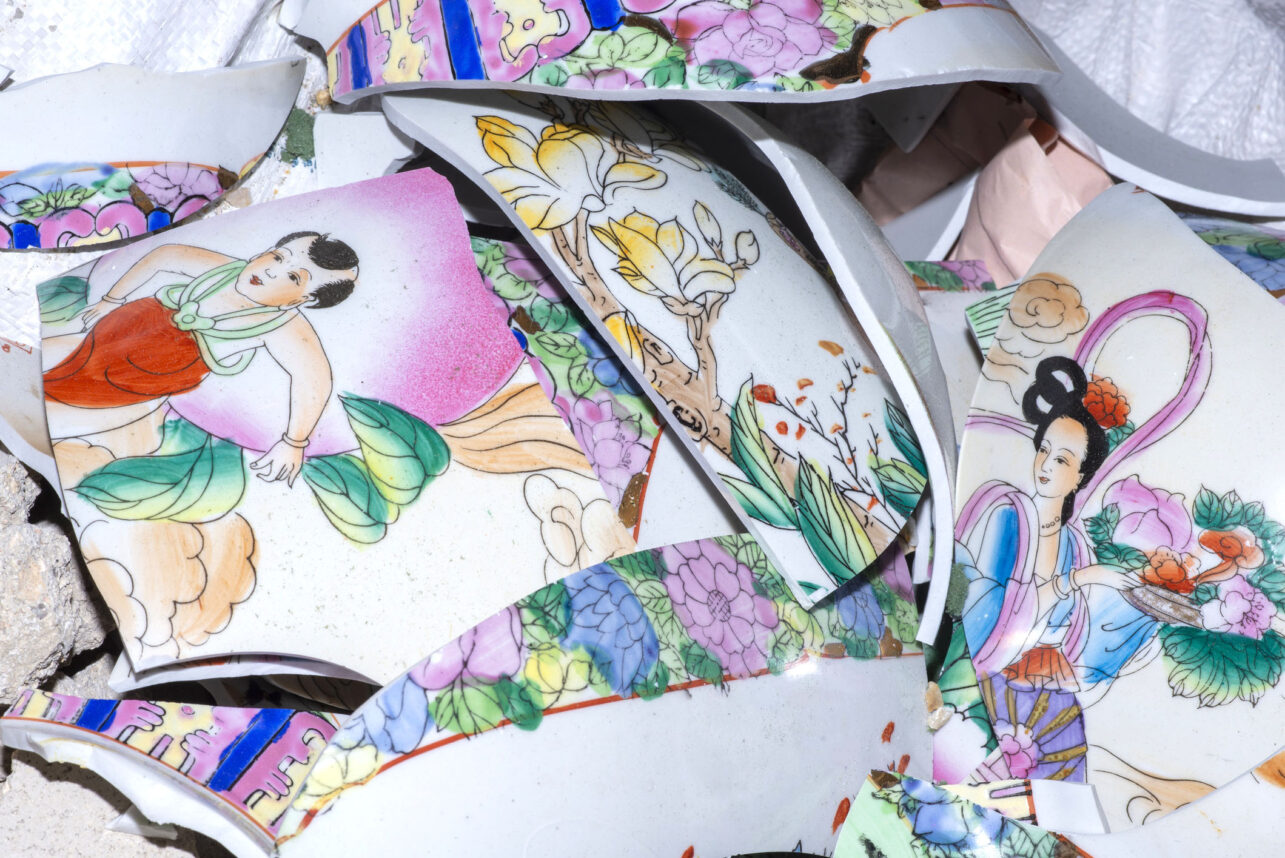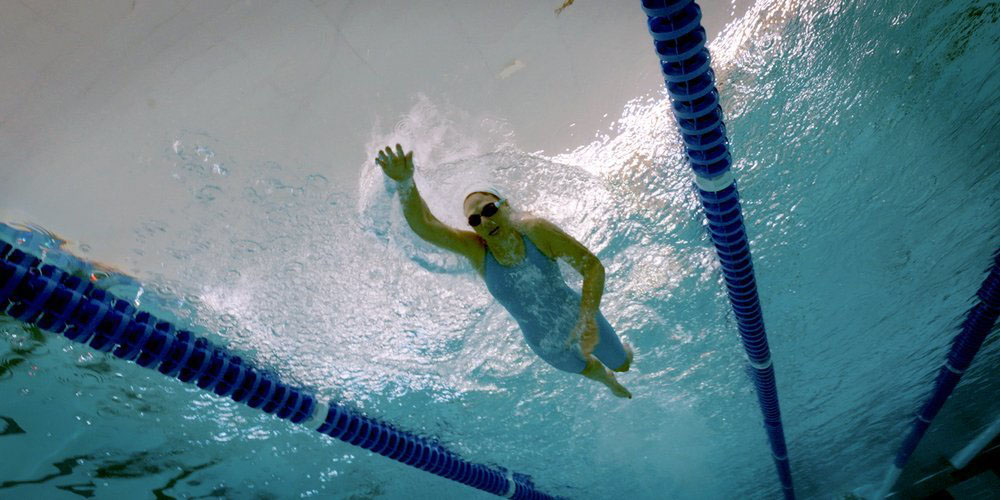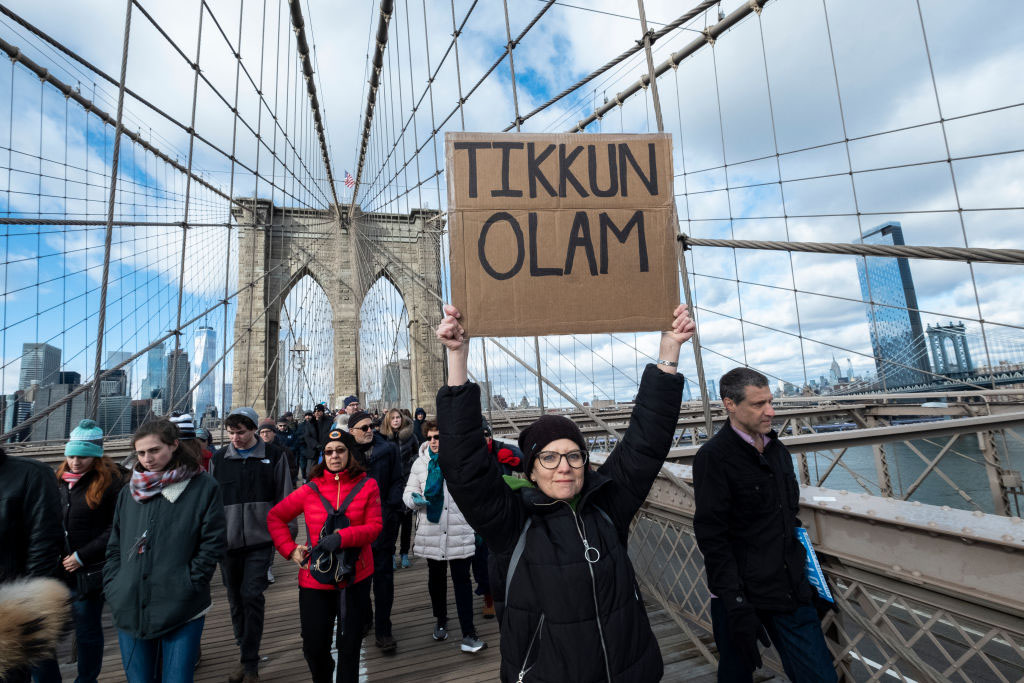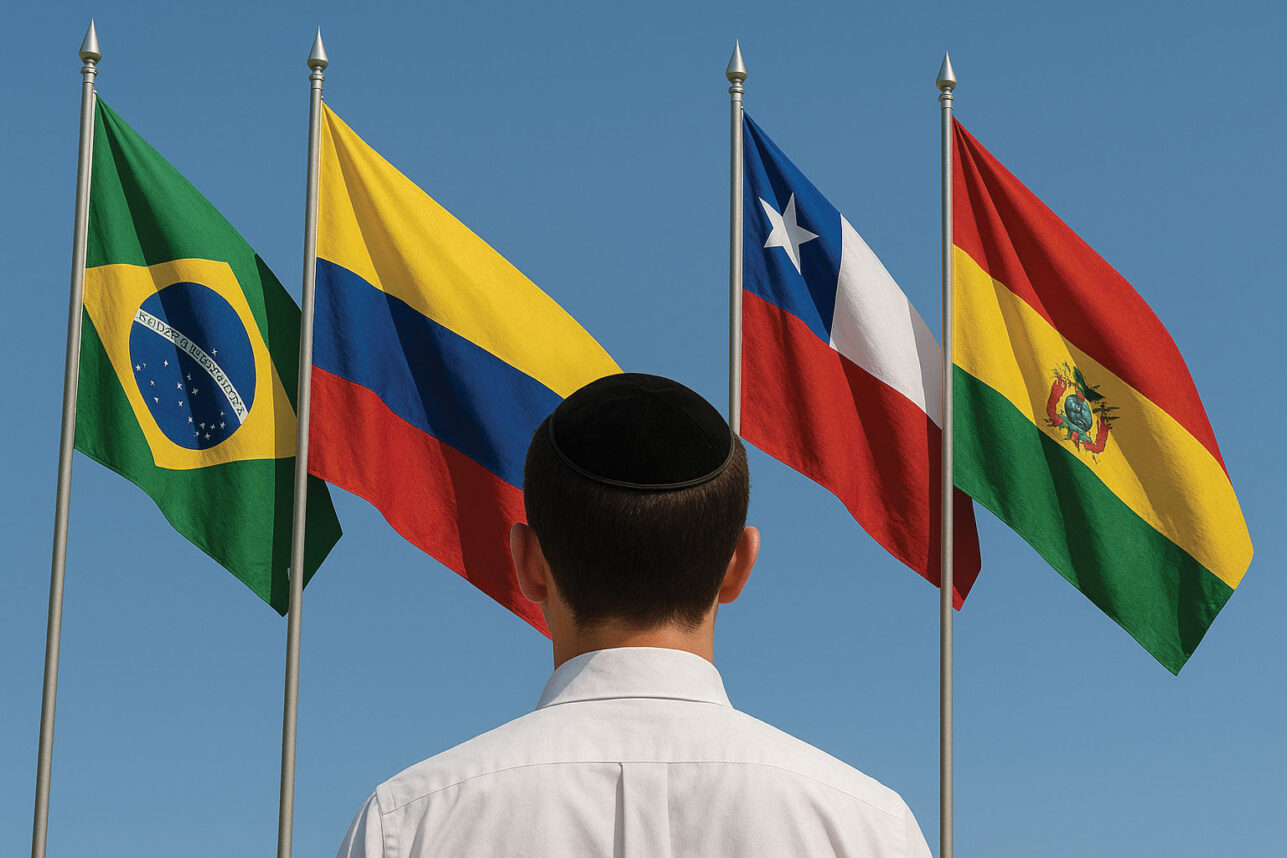Over the years the image of an accordion, expanding and contracting, growing and shrinking, has stuck in my mind whenever I think of my city Karachi. This was, at least, a development from the image of a beast that had prevailed.
It is a city that contradicts itself – at the risk of sounding romantic. Its population grows each day and yet its physical space seems to contract even as the sprawl continues.
This is happening mostly in reaction to violence, terrorist attacks, petty crime, threats of extortion. We have put in a lot of money and effort to 'protect' individual buildings – military installations, homes, diplomatic missions, places of worship – that have come under attack. But the problem is that we can never protect each and ever building. We cannot hide behind our fortresses.
The first casualty in the surrender of public space in the shape of footpaths, green belts, roads and other public spaces is the relationship between the already divided people of this city. Life has shrunk in Karachi and we don't realise that we cannot live like this indefinitely. The attack on Karachi airport and the PNS Mehran army base prove that even the most secure installations can be infiltrated.
We simply have not understood how to tackle the threat of terrorism at the root.
Last week, I covered a documentary on these very problems of urban constriction. It has been made by Prof. Noman Ahmed of NED University. Here is the link to the report we published in my newspaper The Express Tribune:  As Karachi grows so too does it shrink. This incredible contradiction is made possible by an Architecture of Fear that is colonizing public spaces to rule with a fist of barbed wire.
As Karachi grows so too does it shrink. This incredible contradiction is made possible by an Architecture of Fear that is colonizing public spaces to rule with a fist of barbed wire.
“It started with military installations [and] went into ordinary neighbourhoods,” explains Prof. Noman Ahmed. He and his team at NED University, Bushra Owais Siddiqui, Dureshahwar Khalil and Sana Tajuddin, at the department of architecture and planning have made a 40-minute documentary on this aspect of contested spaces that was shown at the Urban Resource Centre on Friday.
So if you drive around Karachi today you will pass five-star hotels that are girt round by massive shipping containers filled with material to buffer them from a bomb attack. Neighbourhoods like Gulshan-e-Iqbal have restricted entry into their streets with steel barriers. In places like Lyari armed men and invisible turf markings ensure that only those who are permitted enter. The Dawoodi Bohras have created a virtual ghetto after they were attacked. All streets leading to their important institutions in North Nazimabad’s Hyderi have been sealed off. You need to show ID to enter.
“The residents were not able to find solace in the law-enforcement agencies and the city administration so they started fending for themselves,” says Dr Noman. “And in doing so they created barriers of sorts or surveillance mechanisms in order to protect themselves.”
This altered the culture of these neighbourhoods. Thella wallahs are not allowed to enter any more. “Chowkidar boltay hain ke banglay wallay mana karte hain,” explains one cart vendor in Gulshan-e-Iqbal. “There are crimes and they usually think it’s the street vendor.” Dr Noman feels this had the social effect of reducing interaction between the poor and rich. He goes on to warn this is an alarming long-term trend. Have we learnt no lessons from the French Revolution? The Russian Revolution? The Arab Spring?

Did you enjoy this article?
You'll love our roundtable.
Editor's Picks
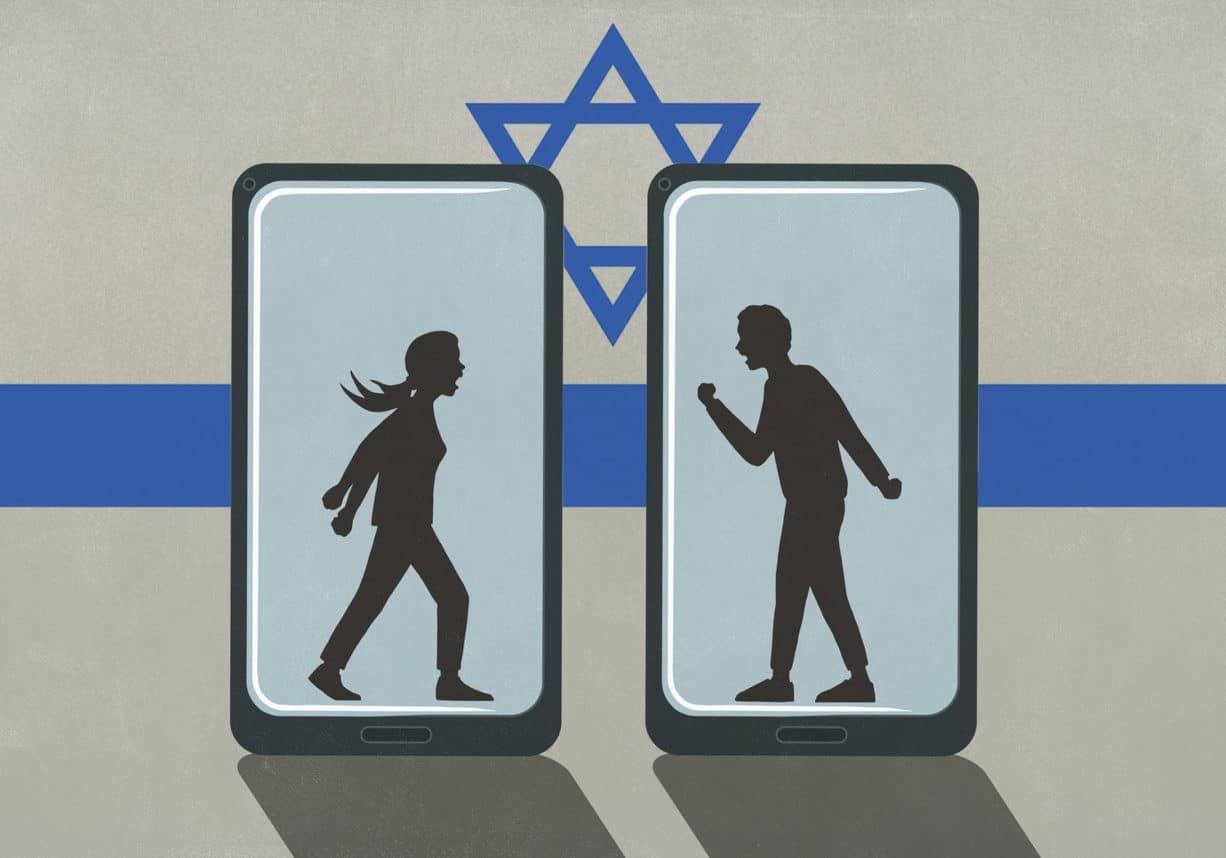
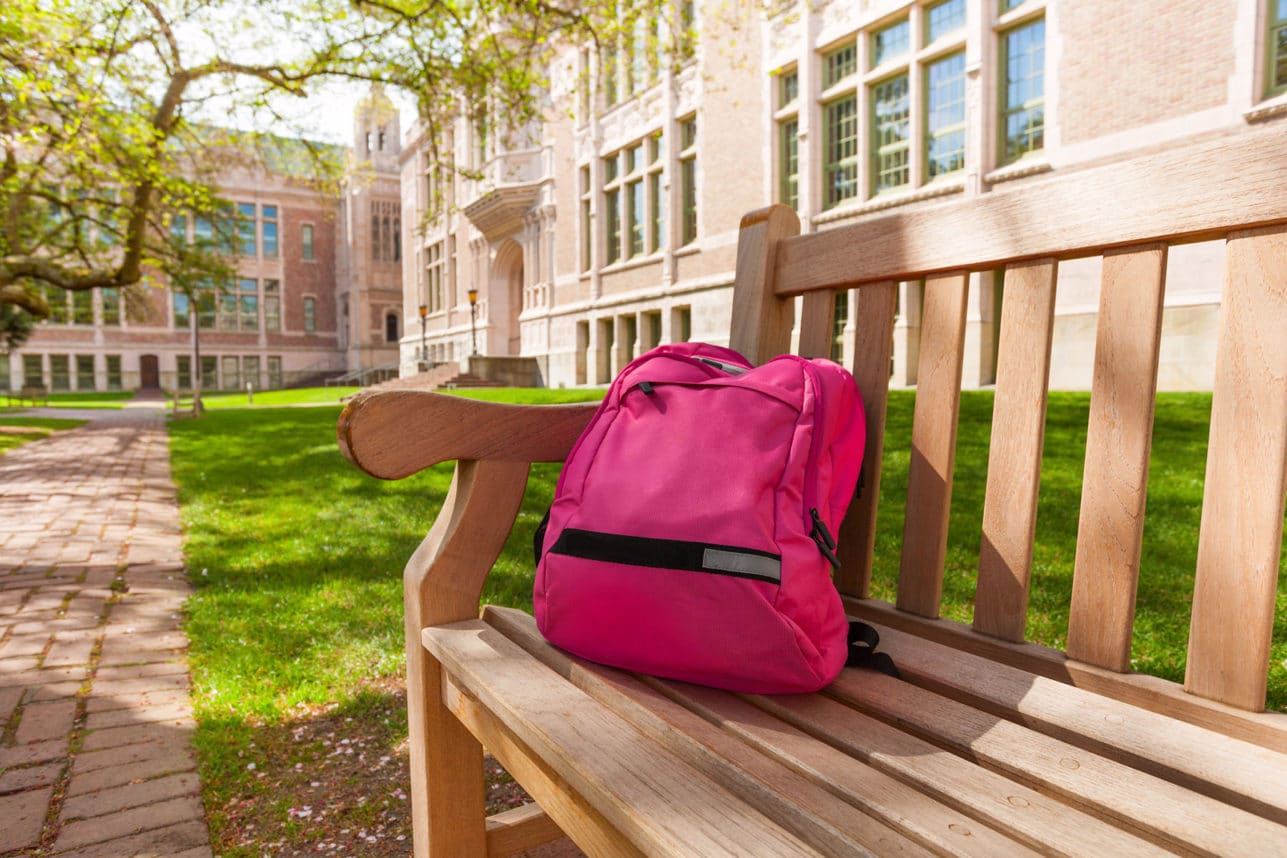

What Ever Happened to the LA Times?
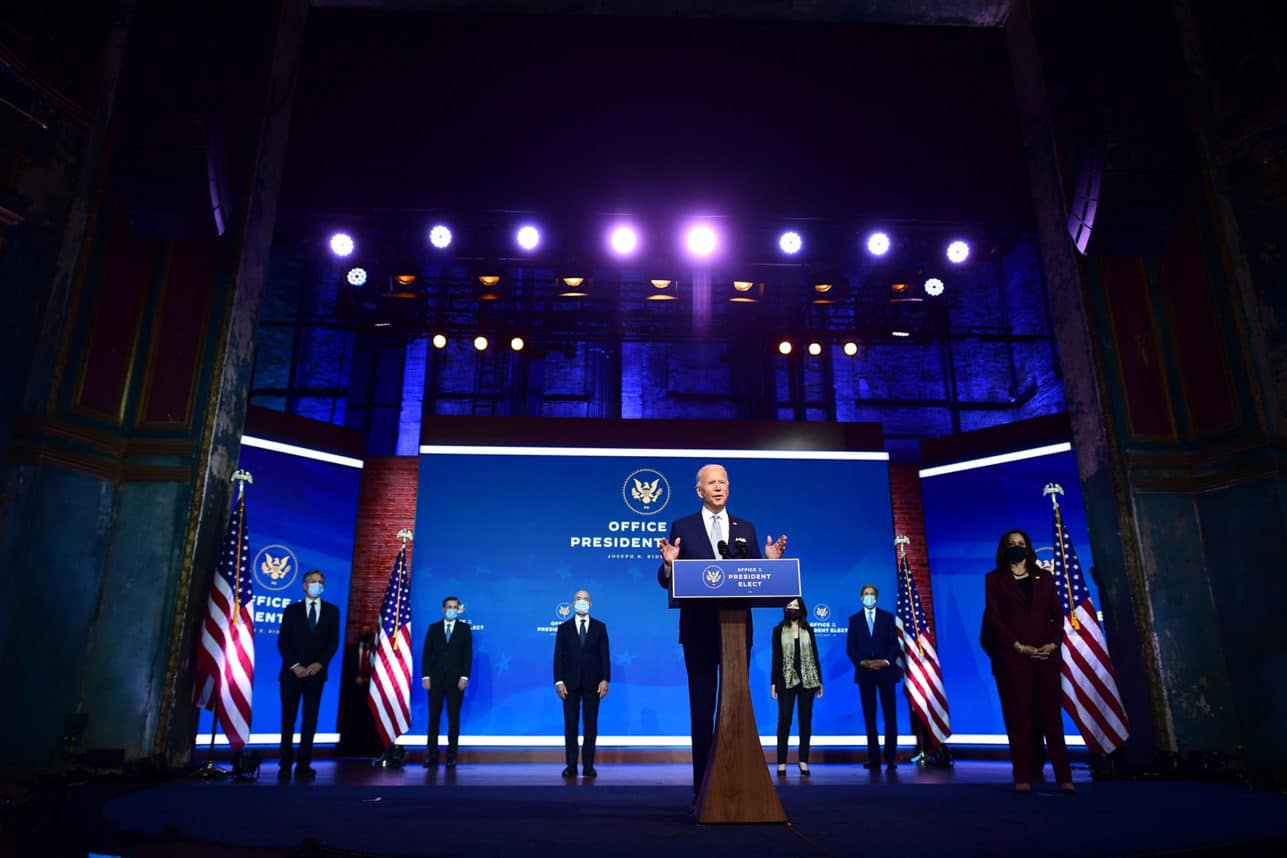
Who Are the Jews On Joe Biden’s Cabinet?


No Labels: The Group Fighting for the Political Center
Latest Articles


JNF-USA Golf Classic, OBKLA Breaks Record, IDFWO Names Exec Director

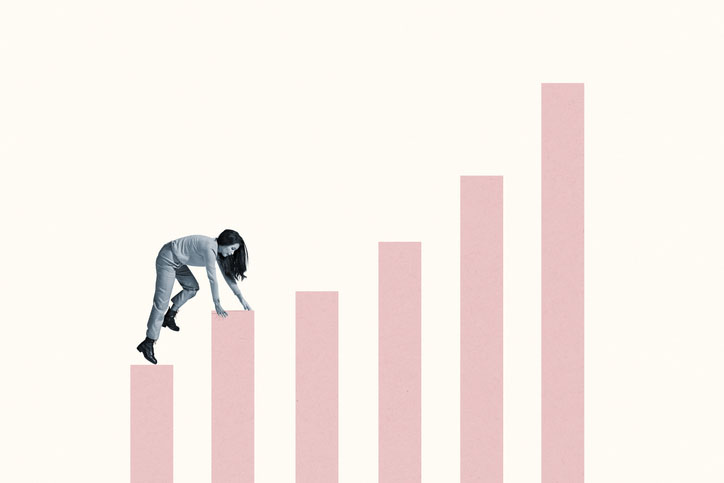
A Bisl Torah — You Can Do Better

Moses Unbound




